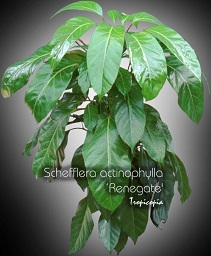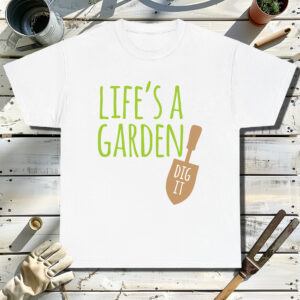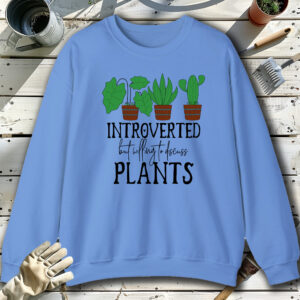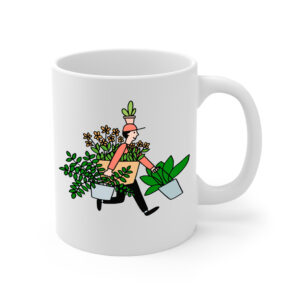Table of contents
Umbella plant

Latin Name: Schefflera actinophylla ‘Renegade’
Category: Schefflera
Family: Araliaceae
Origin: Cultivar
Climate: Tropical
Growing Zones: 11-10
Care Instructions
The Umbella plant (Schefflera actinophylla ‘Renegade’) is a tropical plant that originates from Cultivar. This schefflera plant belongs to the Araliaceae family and is well-suited for growing in USDA zones 11-10.
Complete Care Guide for Umbrella Plant (Schefflera actinophylla ‘Renegade’)
Watering Requirements
The Umbrella Plant, or Schefflera actinophylla ‘Renegade’, thrives with a balanced watering routine. It is essential to allow the top inch of soil to dry out between waterings. Overwatering can lead to root rot, a common issue for this plant. During the growing season (spring and summer), water the plant more frequently, approximately once a week, ensuring that excess water drains out of the pot. In the fall and winter months, reduce watering to every two weeks, as the plant’s growth slows down. Always check the moisture level by inserting your finger into the soil; if it feels dry, it’s time to water.
Light Conditions
The Umbrella Plant prefers bright, indirect light but can tolerate lower light conditions. Ideally, place it near a window where it can receive filtered sunlight. Direct sunlight can scorch the leaves, leading to brown tips and edges. If you notice the plant becoming leggy or the leaves losing their vibrant color, it may be a sign that it needs more light. Conversely, if the leaves are turning yellow, it might be receiving too much direct sunlight. Rotate the plant occasionally to ensure even growth and exposure to light.
Soil Preferences
The ideal soil for the Umbrella Plant is a well-draining potting mix that retains some moisture without becoming soggy. A mixture of peat moss, perlite, and pine bark works well to provide the necessary drainage and aeration. It’s crucial to ensure that the pot has drainage holes to prevent water from accumulating at the bottom. Fertilization should be done during the growing season with a balanced, water-soluble fertilizer every 4-6 weeks. In the fall and winter, reduce or eliminate fertilization as the plant enters a dormant phase.
Pests and Diseases
Common pests that may affect the Umbrella Plant include spider mites, mealybugs, and scale insects. Regularly inspect the leaves for any signs of infestation, such as webbing or sticky residue. If pests are detected, treat the plant with insecticidal soap or neem oil, ensuring to cover both the tops and undersides of the leaves. Additionally, the Umbrella Plant can be susceptible to root rot if overwatered, and leaf drop can occur due to sudden changes in temperature or humidity. Maintaining a consistent environment and proper watering practices will help prevent these issues.
Special Care Tips
To keep your Umbrella Plant healthy and thriving, consider the following special care tips: First, regularly wipe the leaves with a damp cloth to remove dust, which can hinder photosynthesis. This also allows you to check for pests more easily. Second, if you notice the plant becoming too tall or leggy, consider pruning it back to encourage bushier growth. Lastly, during the growing season, you can increase humidity around the plant by misting it or placing a humidifier nearby, as this can enhance its overall health and vibrancy. Remember, patience is key; with the right care, your Umbrella Plant will flourish and become a stunning focal point in your home.








